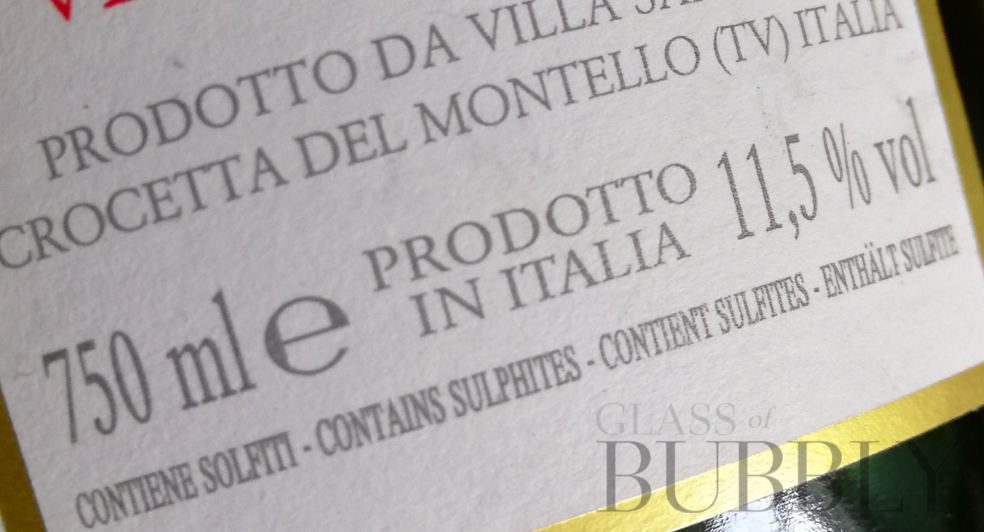Sulphur Or No Added Sulphur In Wine
21st November 2024

For those looking to understand the difference between Sulphur compared to no Sulphur, then this quick explanation should provide the perfect answer.
Sulphur – Sulphur is present in all wines. Sulphur is used to preserve and protect the wine, as an antiseptic and antimicrobial to kill unwanted moulds, yeasts and bacteria, along as an antioxidant to inhibit oxygen from reacting and spoiling the wine. Sulphur in its small quantities in wine doesn’t harm the health of the drinker.
No Added Sulphur – Wines that state this on the label will still contain a small amount of Sulphur because it is naturally produced by the wine itself in very small quantities as a means to protect itself. No Added Sulphur wines mean that the winemaker has chosen not to add any further Sulphites to the wine.
The absence of ‘added sulphites’ has no effect on the palate or aroma of the wine, you shouldn’t expect any downgrade or upgrade in quality.
The amount of Sulphur produced naturally by the wine is usually below 10 ppm. To put it into context, the human body produces about 1 gram or 1000 milligrams of sulphites per day.
There are some consumers that report headaches after drinking wines containing Sulphur, and it’s often where the blame is placed, but as of right now, there are no official scientific links between sulphites causing headaches.
Do Red or White Wines Contain More Sulphur?
The amount of sulphites in wine can range from under 10 to 350+ parts per million.
Red wines require less sulphur than white wines, as reds have natural compounds in the tannins and skins that help protect the wine naturally.
White wines are on the more delicate side, which requires a little more sulphur to help protect it. This changes though when using skin contact methods which provide further protection, you can normally find these wines being called ‘natural’ or ‘orange wines’.
![]()
Oliver Walkey
Champagne and Sparkling Wine Writer, Focused on Bringing the Exciting and Fascinating World of Bubbly to You.
